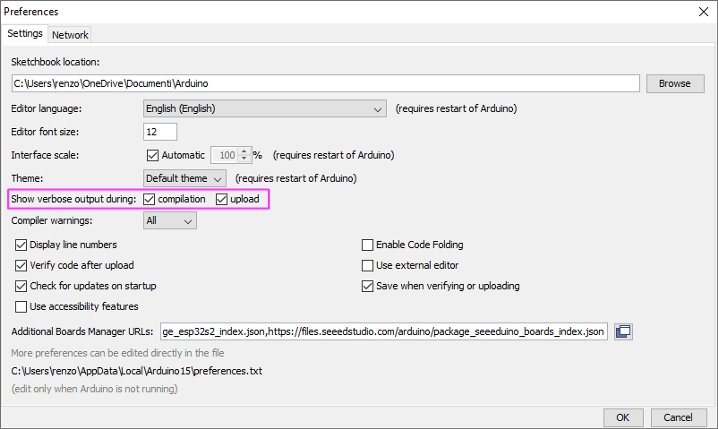
It will save you time and there is no need for the software requirements below. If you are going to flash Tasmota on your ESP chip, consider using Tasmotizer (more about it in this post).

There is more than one tool out there to complete the process. USB 2.0 port should be enough to deliver it. While we are talking electricity, the current must be sufficient to flash the board successfully. Unless it comes as a dev board with power regulator or similar, make sure to use a correct power supply. It will help you with keeping things organized! Issue no 2ĮSP8266 is a 3.3V board. Be consistent with how you use the colour coding (Vcc-Red, GND-Black, RX-Green, TX-Blue, GPIO00-Yellow). Put aside 5 jumper cables in different colours and use it just for flashing. Regardless of how good and clear a guide is, if you fail to connect the cables correctly – you won’t be able to flash the microcontroller. If you follow this guide with these in mind, you should have no issues whatsoever if you keep these points in mind Issue no 1Īlways double-check the jumper cables. ESP8266 Flash Guideīefore we start with the ESP8266 flash guide, I would like to highlight 2 most common issues that you may encounter. This tutorial will show you how to flash ESP8266 (and other boards like ESP32 & ESP8285) and how to program it. There is more than one option when it comes to firmware but flashing ES8266 (and ESP32) method remains the same regardless. If you want to take advantage of it, you need to flash a firmware first. You can download Bitvise SSH Server here.ESP8266 is the most popular connected microcontroller out there. The SSH Server is developed and supported professionally by Bitvise. It is robust, easy to install, easy to use, and works well with a variety of SSH clients, including Bitvise SSH Client, OpenSSH, and PuTTY. You can download it here.īitvise SSH Server is an SSH, SFTP and SCP server for Windows. dynamic port forwarding through an integrated proxy īitvise SSH Client is free to use.The SSH Client is robust, easy to install, easy to use, and supports all features supported by PuTTY, as well as the following:

It is developed and supported professionally by Bitvise. They are not to be seen as endorsements by the PuTTY project.īitvise SSH Client is an SSH and SFTP client for Windows. PuTTY is open source software that is available with source code and is developed and supported by a group of volunteers.īelow suggestions are independent of the authors of PuTTY. PuTTY is an SSH and telnet client, developed originally by Simon Tatham for the Windows platform. Download PuTTY - a free SSH and telnet client for Windows


 0 kommentar(er)
0 kommentar(er)
